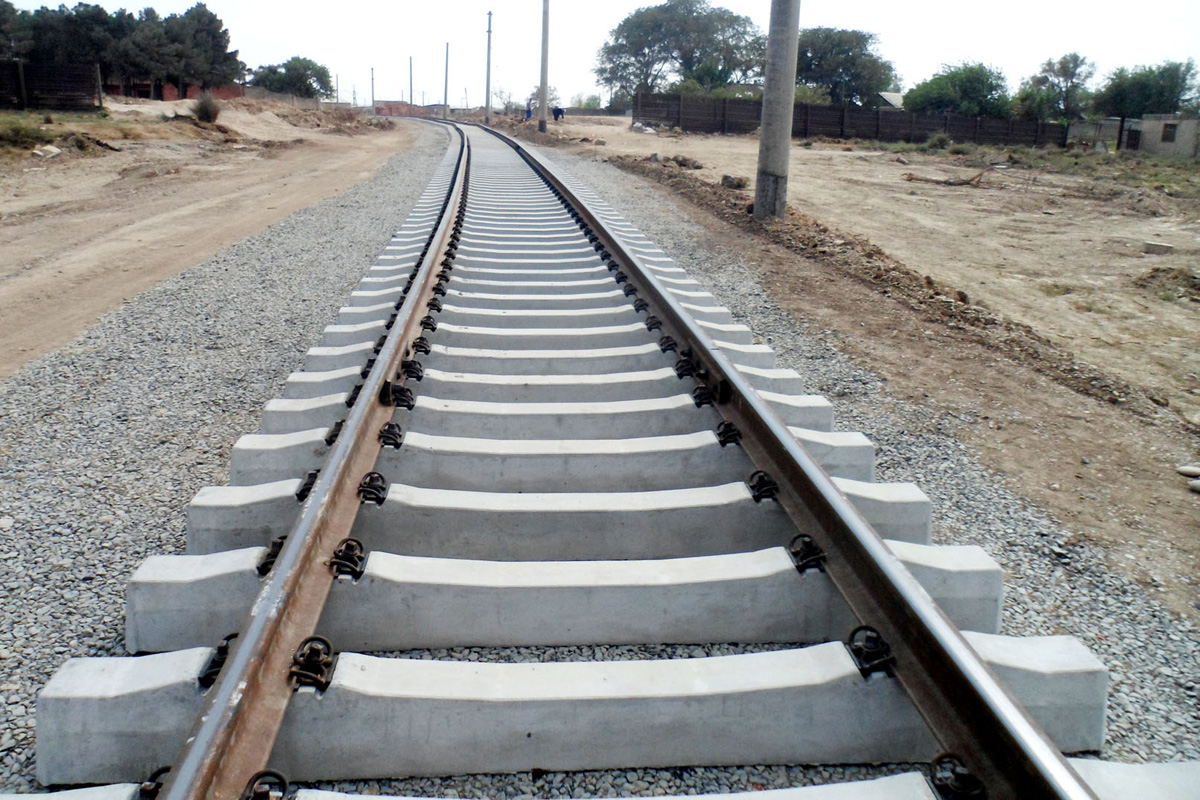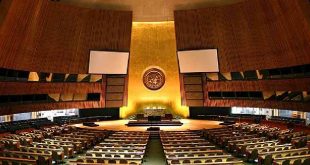Feng Da Hsuan, Chief Adviser of the China Silk Road iValley Research Institute and Former Vice President for Research, the University of Texas at Dallas and Liang Haiming Chairman and Chief Economist of the China Silk Road iValley Research Institute
The Belt and Road Initiative (BRI) was initiated by China five years ago. Recently, through cultural conflicts, practical and economic conflict of interests and geoeconomics issues, some foreign media as well as the general public began to raise a number of concerns, some of which may be considered as misinterpretations.
It is our opinion that at least partially these concerns and misunderstandings about BRI arose from the lack of the grasp of the principle of international development economics, international finance, and the industrial transfers and the principles of overseas investments.
Heretofore we shall explain what we meant by the above.
First, it should be noted that not all Chinese-funded enterprises investing in overseas projects are BRI projects.
For various reasons, the Chinese government thus far have not publicly announced the precise list of BRI projects. However, from the public information declared by China’s State Council as well as various ministries, it is obvious that not all overseas investment projects can be considered as such. For example, oversea projects involving real estates, hotels, movie theaters, recreational industries and athletic clubs are not part of the BRI projects. Furthermore, utilizing backward production equipment which does not meet foreign countries’ technical standards as well as those that do not meet the environmental protection, energy consumption and safety standards, even in countries in the BRI route, are also not considered.
It is therefore meaningful to inquire which overseas-funded projects can be considered as BRI’s? According to the relevant Chinese official declaration, only projects which are in accordance with the so-called “Five connections”, namely policy, facility, smooth trade, financial, and people’s heart-to-heart can be considered as BRI projects. For example, those but not exclusively can benefit BRI construction as well as peripheral infrastructure projects and can drive China’s advantageous production capacity are such projects. In addition, projects of high quality equipment and output items meeting technical standards which can collaborate with foreign high technology and advanced manufacturing corporations are meaningful BRI projects.
The reason is quite simple. Dumping excess capacity and pollution projects are unlikely to have a future. In this era of geoeconomics, the only real projects which China can export to countries along the BRI route are primarily those which represent China’s newest, most advantages and highest quality products. Only projects, such as high-speed rail, infrastructures, nuclear powerplants and space technologies, can China reasonably compete for market shares with the best from Western and other advanced nations, It is very obvious that if China were to export excess capacity and pollution projects, it is unlikely and even unable to grab the market in any competition.
Second, it is well understood that not all BRI projects can be successful.
It is interesting that some of the international public opinions deified the BRI projects, mentioning that success is virtually guaranteed as long as they can receive the backing of BRI. Of course, branding projects as “deified” cannot alter the rule of international investment: the success rate of any foreign investment can only have a 30% chance of success, while the other 70% can either be unsuccessful or be met with an unclear outcome. This rule was stated by KPMG, which is based on accumulating the massive amount of global data on merger and acquisition. The result is thus the famous “70 rule,” which states that 70% of foreign acquisitions will have difficulty reaching their intended goals, and the reason stems from integration issues after mergers and acquisitions.
Having such a principle as the underpinning, the current Chinese corporations’ multinational merger and acquisition success rate is around 40%, which is higher than the global average success rate mentioned above by KPMG. According to published data, in the past 5 years, the Chinese central government-owned enterprises had invested some 1700 collaborative projects with counterparts in nations in the BRI route. While there were numerous success stories from these projects, there were also expected unsuccessful ones as well. This is simply a normal phenomenon!
Furthermore, the success or failures of such projects should not and cannot be evaluated simply by the current incurred profits. Let us take the recent much discussed Malaysia’s East Coast rail project as an example. In this project, the required engineering is of the highest technical caliber, and is China’s BRI most massive one. It also spans four States in the Malaysian peninsula, with some 4 million Malaysians living near or around its route. According to the public information published by the Malaysian Government, some 15% to 30% of the project is contracted to indigenous enterprises.
Once the rail project is finally put into action, it is expected that it will enhance the economic growth of three to four Malaysian States by about 1.5%. Furthermore, during the construction phase of the East Coast project, some 80,000 jobs will be created. It is also worth mentioning that China and Malaysia will soon initiate the “China-Malaysia Talents Training Collaborative Program” and China will export to Malaysia high speed rail technologies. Ultimately, it is expected that some 3600 Malaysians will be involved in the construction and operation of the project.
Another example is the African Kenyan Mombasa-Nairobi rail project. This completed project had already linked up Kenyan’s port city Mombasa with its inland capital Nairobi. It is anticipated that the project will lift Kenyan’s GDP annually by 1.5% and create 50,000 jobs. It is also noteworthy that the materials for the project are essentially derived locally!
As far as BRI projects involving Chinese enterprises are concerned, one way to determine whether it is successful or not is by utilizing the current period profit. It is well known that while this is a common practice, a more accurate and meaningful way is to evaluate it by taking into account of economic growth, social progress and increase of the employment rate of the nations along the BRI route, together with the significant expansion of international operations of the Chinese enterprises as well as creating new and exciting markets. With this in mind, by merely deploying “accounting principles” by the international public opinions may be missing an important point.
Third, it is worth pointing out that from the very start, a number of Western multinational corporations had already successfully participated in the BRI projects.
Indeed, for BRI, China is not the only-game-in-town. From its inception, it was intended to involve a global chorus of countries. It is especially interesting to note that as far as projects with BRI finance are concerned, China had initiated an effort known as “Third Party Market Collaboration.” In this scenario, with complementary advantages, China will collaborate with Western multinational corporations in joint bidding, joint production and joint investment of projects in the third-party market. It is noted that such projects are based on full respect of the country where the project is located (normally a developing country). Such efforts can and will push forth the development of that country, and achieve win-win-win for all three sides.
Many advanced Western nations, by gaining substantial experiences during their colonialization era, have understood profoundly the ways and means, inhuman and operational terms of these countries. Thus, by collaborating with these Western nations, China can greatly reduce possible push-backs and share the risks with its Western collaborators. It can also enhance the collaborative space as well as nurture new economic growth points. For the “third party market,” it would be the optimum choice to accelerate the transformation and upgrading the country by attracting the joint collaborations between Chinese-funded enterprises (with high-performance products and high-end manufacturing capabilities) and Western multinational companies (with high-end technologies and advanced concepts.) In fact, China has already begun to explore the “third party market” with European countries such as France, United Kingdom, Spain and Asia-Pacific countries such as South Korea and Australia.
For the Western multinational corporations, by gaining the market experience beyond of China will undoubtedly value-add to their competitive edge. Furthermore, even though Chinese funded corporations are the main contractors for many port facilities as well as other infrastructures such as bridges, ultimately, many of the sub-projects will inevitably be bestowed to companies with decades of experience in cross-border technology integration. Often, these companies tend to be Western multinational corporations anyway!
An example of this is the Siemens Corporation of Germany. According to the public information, since 2017, Siemens collaborating over a hundred Chinese Central Government corporations, such as Energy China, Power China and China National Petroleum Corporation, have started massive investments in projects in the electrical power industry, oil, gas and chemical industries and mining industries. Between October 1, 2016 to September 30, 2017, Siemens’ total Chinese revenue was 7.2 billion Euros. This is a 12% increase from the financial year of 2014. The growth rate is a whopping 15 times of the 2011-2014 fiscal year.
Another example is the Swiss ABB Group. In fact, ABB Group has already collaborated with Chinese enterprises in many projects in nations in the BRI route. For examples, the Ecuador Sinclair Hydropower Station, the 275 MW thermal power plant in Baku, Bangladesh and Angolan Soyo Joint Cycle Power Plant. Just in 2016, ABB Group had provided consulting, design, engineering, manufacturing and services to more than 400 Chinese companies, and assisted Chinese-funded enterprises to overcome challenges in design standards and industry norms in different countries and regions, and assisted in the reduction of project costs and engineering risks.
What is particularly interesting is that while the United States has officially shown no interest in the BRI, its multinational corporations have participated quite palpably. For example, the US high-speed train shock absorber manufacturer ITT Inc has signed a supply agreement with China CRRC, the world’s largest rail vehicle manufacturer, to participate in China Railway’s related projects in the BRI. It should be noted that the Asia Pacific income of IIT Inc is now reaching 12% of its global income.
From the above mentioned examples, which are still the tip of the iceberg, it shows that many Western multinational corporations are already “deeply embedded” in the BRI. In many Chinese enterprises projects in nations in the BRI route, they have significant footprints of such companies. However, in our research, we find that such information is rarely discussed, especially about the Western multinational corporations making profits. Why this is so is beyond our speculation.
Fourth,the BRI is essentially another transfer of international capital and industry.
Although many Chinese scholars have bestowed the BRI as a panacea, in our opinion, it is in reality another transformation of international capital and industries. In the 60’s and 70’s in the last century, European and the US transferred their industries to Japan and Korea. Likewise, in the 70’s and 80’s, Japan and Korea transferred the industries to Hong Kong, Taiwan and Mainland China.
As the growth of the Chinese industries reached a certain level, it can and will become a global “growth pole” or economic center. However, because of the diminishing marginal return of many of its production factors, it will cause a rise of the overall cost. Ironically, as China intends to increase the scale of its productions, there is the appearance that “scaling up becomes uneconomical!” In this scenario, there is a need for China to flow its industries as well as production factors to the less advanced neighboring regions and nations. The effect of this flow could initiate a production diffusion and radiation. This can, on the one hand, pull up the economic development of those regions and nations, and on the other, it can also enhance the Chinese economy. Remarkably, this will become a spiraling upwards phenomenon for both China and the neighboring regions and nations.
Finally, with regards to the misunderstanding of the BRI from numerous international public opinions, it is our opinion that in communicating and promoting BRI, it is best to lighten the thesis that it is a “China-centric effort.” Indeed, only by creating good to outstanding opportunities via economic collaborations, investments as well as commercial interactions, and leveraging the overseas communication prowess to interpret China from various angles can the credibility and authority of China be enhanced. Such efforts can reduce the concerns of nations along the BRI route, and increase the public in those nations to have a deeper understanding of the BRI.
Of course, as the old saying goes, it is impossible to wake up a person who is only pretending to be asleep. In such cases, one simply should accept it and be mentally prepared to face the reality.
 Afghanistan Times
Afghanistan Times



